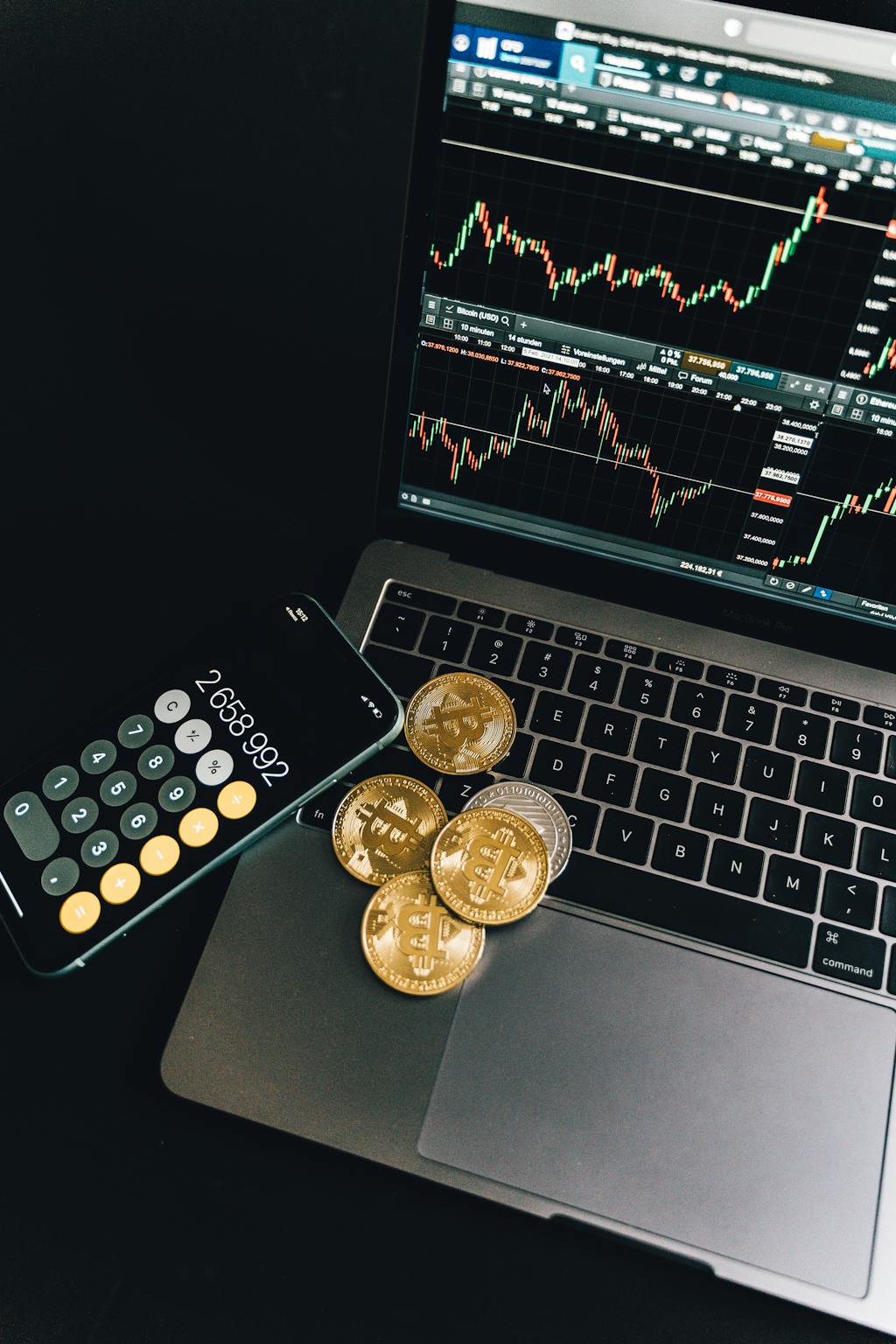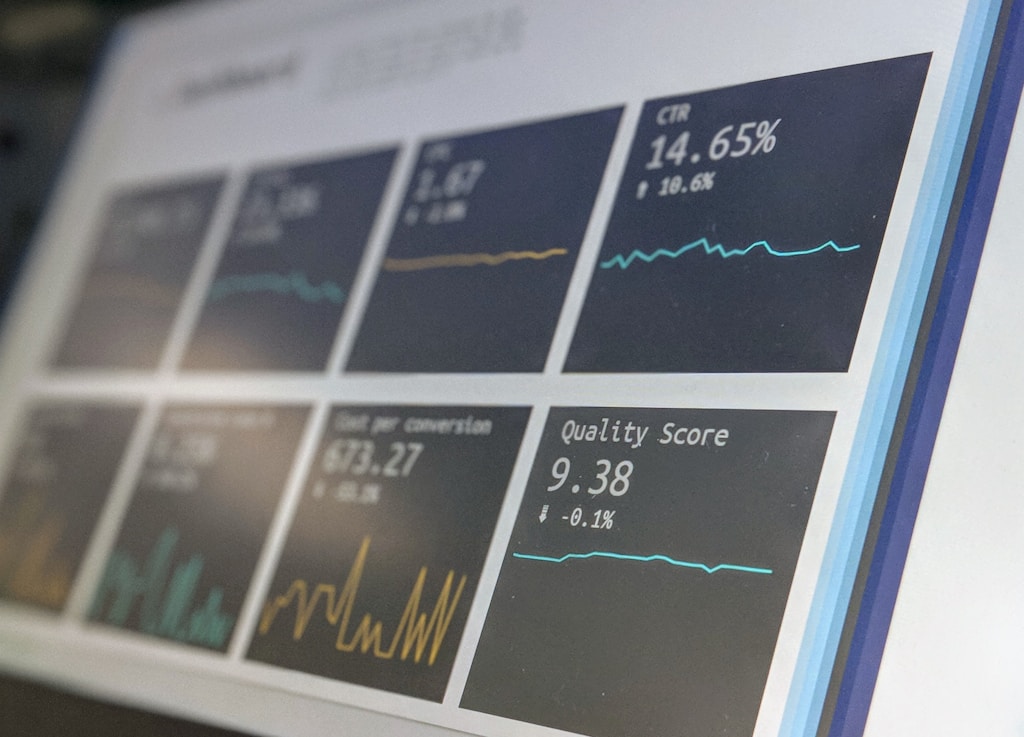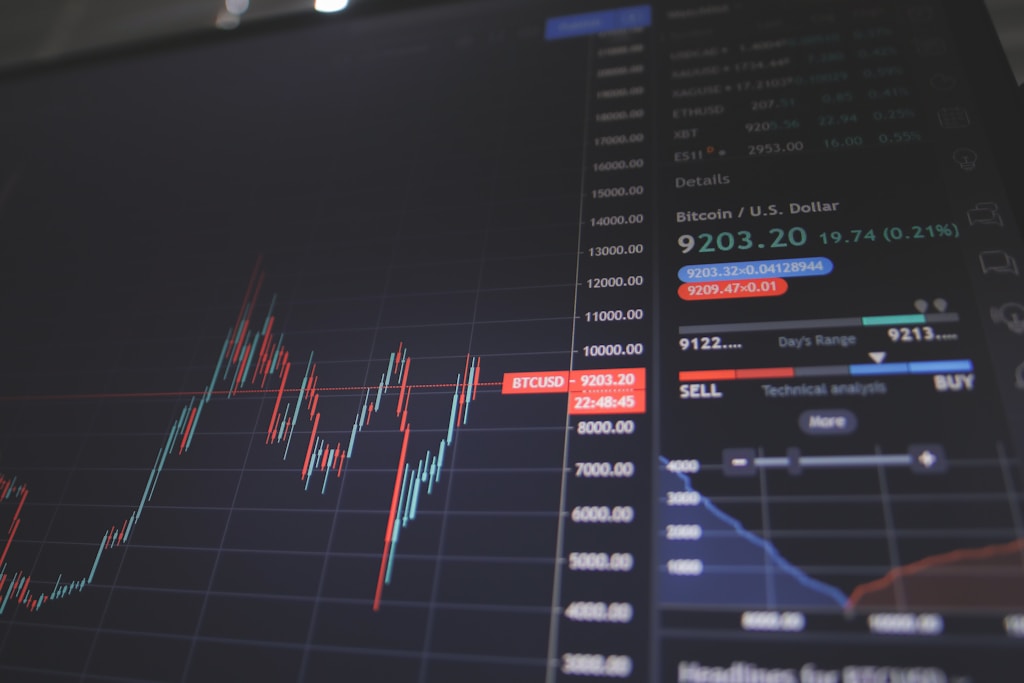Argentina’s President Javier Milei has been officially cleared of wrongdoing in the controversial LIBRA memecoin scandal by the country’s Anti-Corruption Office, marking a significant development in one of crypto’s most talked-about regulatory cases of 2025.
Key Findings of the Anti-Corruption Investigation
The investigation, which was initiated at Milei’s own request, concluded that the president acted in his capacity as an economist rather than a public official when promoting the LIBRA cryptocurrency. This distinction proved crucial in the office’s final determination.
Key points from the resolution include:
- Milei’s social media account predated his presidency
- No state procedures or contracts involving LIBRA were identified
- The promotion occurred through personal channels rather than official state platforms
SPONSORED
Trade meme coins like LIBRA with up to 100x leverage on perpetual contracts
The LIBRA Token Collapse: A Timeline
The scandal first erupted on February 14, 2025, when President Milei endorsed LIBRA through his X (formerly Twitter) account. The sequence of events unfolded rapidly:
- Initial token price surge to $5
- Dramatic collapse within hours
- Thousands of investors faced significant losses
- Current trading price: $0.030 (96% below ATH)
Ongoing Investigations and Market Impact
Despite the Anti-Corruption Office’s ruling, multiple investigations continue across jurisdictions. Courts in Argentina, the United States, and Spain are still examining various aspects of the case, particularly focusing on:
- Meetings between Milei and LIBRA creator Hayden Davis
- Role of Argentine businessmen in facilitating these meetings
- Resignation of former CNV advisor Sergio Morales
FAQ Section
What was the LIBRA memecoin scandal?
The scandal involved President Milei’s endorsement of a cryptocurrency that subsequently crashed, leading to significant investor losses and multiple investigations.
Has Milei been completely cleared of wrongdoing?
While the Anti-Corruption Office has cleared him, investigations continue in multiple jurisdictions.
What is the current status of LIBRA token?
The token currently trades at $0.030, down 96% from its all-time high, but has shown a 37% monthly gain.
Market Implications and Future Outlook
The resolution may have broader implications for how public officials interact with cryptocurrency projects. While the immediate legal pressure on Milei has eased, the case highlights the need for clearer guidelines regarding political figures’ involvement in crypto promotions.





